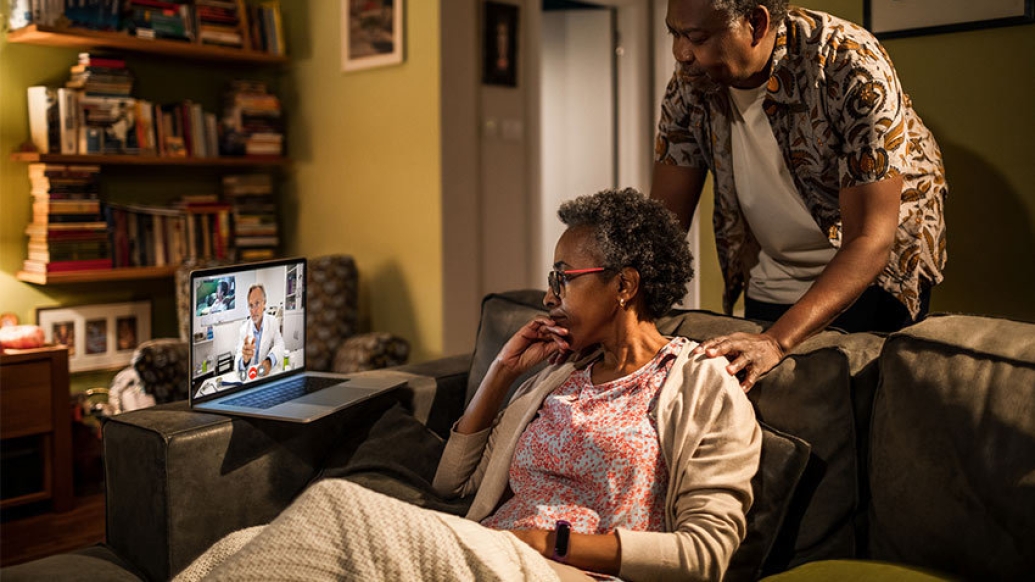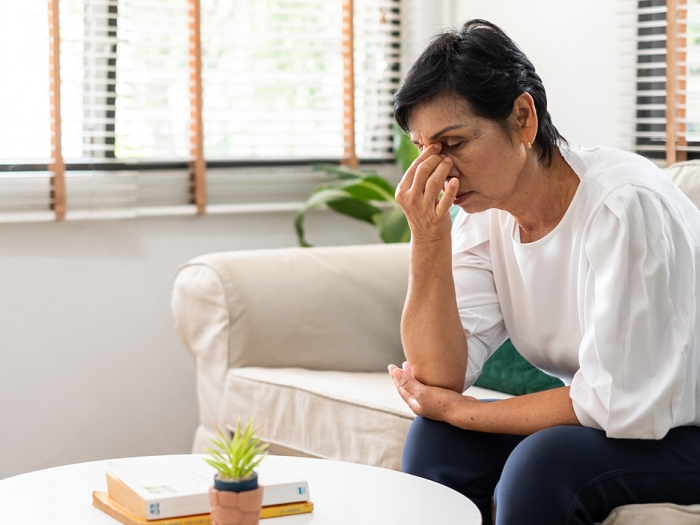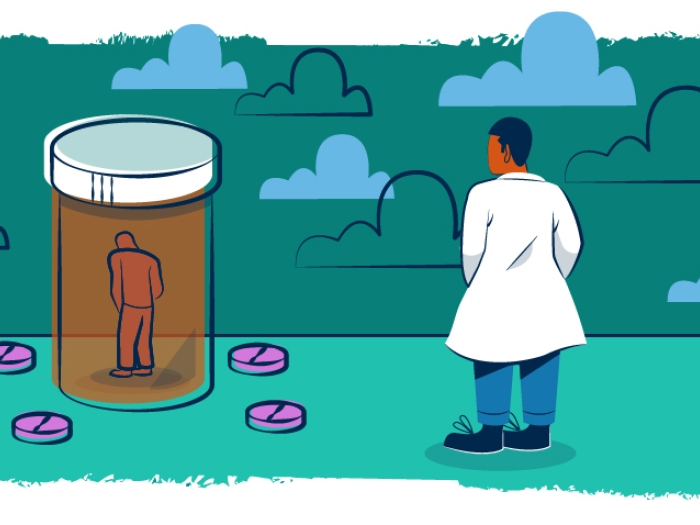Data from use of virtual visits with health providers show disparities in access, use and attitudes before and during the pandemic.
3:46 PM
Author |

Thanks to the pandemic, Americans have gotten used to having appointments with their doctors and other health providers through video chats, phone calls and text-based e-visits.
But what does the future hold for telehealth, and how can providers, insurers and policymakers use the experience of the past year and a half to decide what kind of virtual care they will support once the pandemic ends?
SEE ALSO: Virtual Visits for New Surgery Patients Rose Quickly but Fell Sharply
A new report from the University of Michigan provides new data that could inform them all. The "snapshot" report spotlights a number of disparities in adoption, access and attitudes when it comes to telehealth, through previously unreleased data as well as finding from published research.
It's the product of work by dozens of U-M faculty members and research staff who collaborate with the Institute for Healthcare Policy and Innovation's Telehealth Research Incubator.
MORE FROM THE LAB: Subscribe to our weekly newsletter"
The rapid pivot to virtual visits in March and April 2020, when limiting in-person care to the most essential interactions, was one of the most rapid and revolutionary shifts modern medicine has ever witnessed," said Chad Ellimoottil, M.D., M.S., who leads IHPI's telehealth efforts and who was working to encourage and study virtual visits through his faculty role in the U-M Department of Urology for several years before the pandemic began. "Rapid access to data such as these can help decisionmakers at all levels make choices to make the best use of this option, but only if they listen to the voice of the patient and the frontline provider."
The rapid pivot to virtual visits in March and April 2020, when health care organizations were limiting in-person care to the most essential interactions, was one of the most rapid and revolutionary shifts modern medicine has ever witnessed.Chad Ellimoottil, M.D., M.S.
Key findings shared for the first time in the report come from an analysis of data from Michigan Medicine, U-M's academic medical center, as well as statewide records from Blue Cross Blue Shield of Michigan. The report also summarizes telehealth polling and research already published by teams led by IHPI members.
Among the newly released findings:
-
1 in 5 patient visits covered by BCBSM as of March 2021 are by telehealth, showing the lasting interest in virtual visits even as the pandemic ebbed.
-
91% of larger primary care practices in Michigan used telehealth, compared with 63% of solo practices. Larger practices also had a higher percentage of visits via telehealth.
-
Striking disparities in use of video visits emerged from the analysis of Michigan Medicine data, with much lower use by patients who are older, are African-American, need an interpreter, have Medicaid as a primary insurance, or live in a zip code where less than half of households have broadband Internet access.
-
Telephone-based audio-only visits have been covered by most insurers during the pandemic, but there are signs this may change once the emergency status is lifted. However, more than 60% of Michigan Medicine patients over age 65 used this option in May through June of 2020, with the percentage going up with age. Patients of any age who live in rural areas are also more likely to use audio-only visits.
-
When all costs are taken into account, video visits and in-person visits cost approximately the same, and patients were no more likely to cancel or fail to show up for a video visit than they were for in-person visits.
-
Half of all Michigan Medicine clinicians surveyed say that after the pandemic they intend to offer the same volume of video visits as now. About 40% said their productivity is the same now that telehealth is an option, and 27% say it's higher. A majority said they were able to provide the same quality of care over telehealth and establish the same level of rapport with patients.
In addition to the new data, the report summarizes key findings from studies published by IHPI members in medical and telehealth journals, and from the National Poll on Healthy Aging which released its second report on telehealth used by adults age 50 to 80 last year.
Find more information on telehealth research on IHPI's website.
Like Podcasts? Add the Michigan Medicine News Break on iTunes, Google Podcasts or anywhere you listen to podcasts.

Explore a variety of healthcare news & stories by visiting the Health Lab home page for more articles.

Department of Communication at Michigan Medicine
Want top health & research news weekly? Sign up for Health Lab’s newsletters today!





